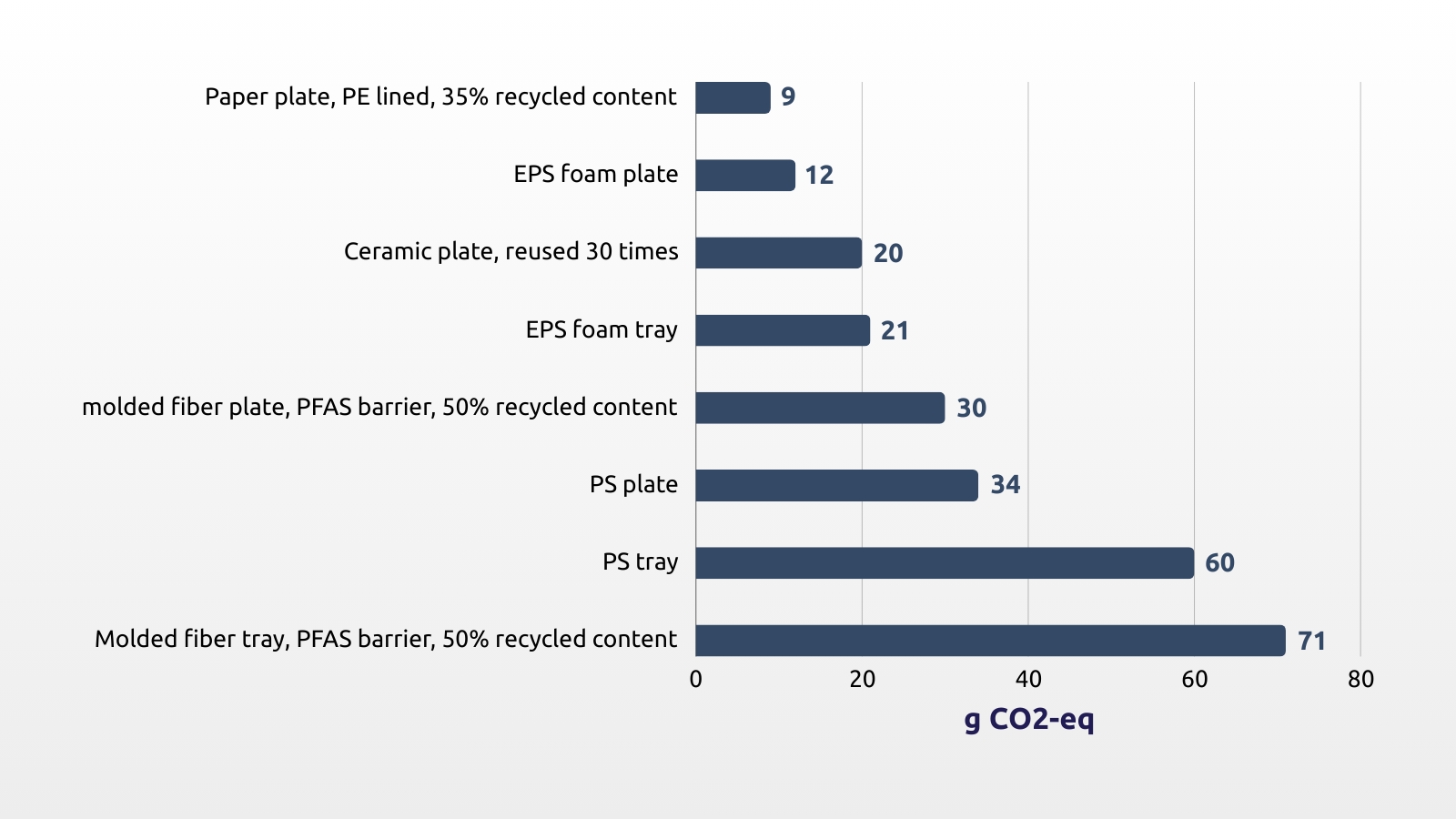☁️Climate Impact
"Climate Change is the defining issue of our time and we are at a defining moment. From shifting weather patterns that threaten food production, to rising sea levels that increase the risk of catastrophic flooding, the impacts of climate change are global in scope and unprecedented in scale. Without drastic action today, adapting to these impacts in the future will be more difficult and costly." - United Nations, on climate change as a global issue.
Because the current and future impacts of climate change are catastrophic, this phenomenon is logically a focus for sustainability reporting, and the UP Scorecard includes a Climate metric: a quantitative estimate of the life cycle global warming impact of the product.

Overview
Climate change is driven by greenhouse gas (GHG) emissions like carbon dioxide (CO₂), methane (CH₄), and nitrous oxide (N₂O). LCA helps track these emissions, from the extraction of raw materials to production, use, and disposal. These processes include raw material production, container manufacturing, delivery to a food service facility, use, washing (for reusable products), waste collection, landfilling, incineration, sorting, reclamation, and recycling. This provides a clear picture of a product’s contribution to climate change and enables efforts to reduce carbon footprints.
Packaging material
The choice of packaging material is important. Materials with the highest Global Warming Potential (GWP) are generally those that require significant amounts of energy during extraction, processing, and manufacturing, and those that rely on fossil fuels for production. Some materials with particularly high GWP are metals, plastics, and glass.
Packaging system
The choice of packaging system also affects the climate impact of food packaging solutions. For single-use packaging, most greenhouse gas emissions are associated with the production phase, and the ability of recycling at end-of-life to prevent the use of virgin materials. The greenhouse gas emissions associated with a reusable product are highly correlated to the energy and resource intensity required for production and cleaning, its weight in combination with the mode and distance it is transported, and the ability of recycling at end-of-life to prevent the use of virgin materials. Unlike single-use products, reusables require additional transport and washing cycles that should be considered to minimize climate impacts.
Indicator: g CO2 equivalents (CO2e)
The Climate indicator estimates the mass of carbon dioxide equivalent emissions of the product and is assessed using the IPCC 2013 radiative forcing factors as implemented by the Ecoinvent Centre. The implementation includes 45 substances characterized in terms of their relative radiative forcing potential in comparison to CO2. More details are provided in the detailed methodology under Life Cycle Model and Climate Change & Blue Water Use.
The tool shows the absolute value for GHG emissions in grams of CO2 equivalents and a normalized score from 0 to 100 (100 being the best score):

Example scores
The graphic below shows the climate impact calculated in the tool for disposable plates and trays made of different materials, and a reusable plate.

Last updated




